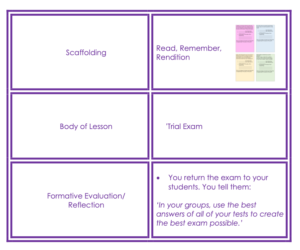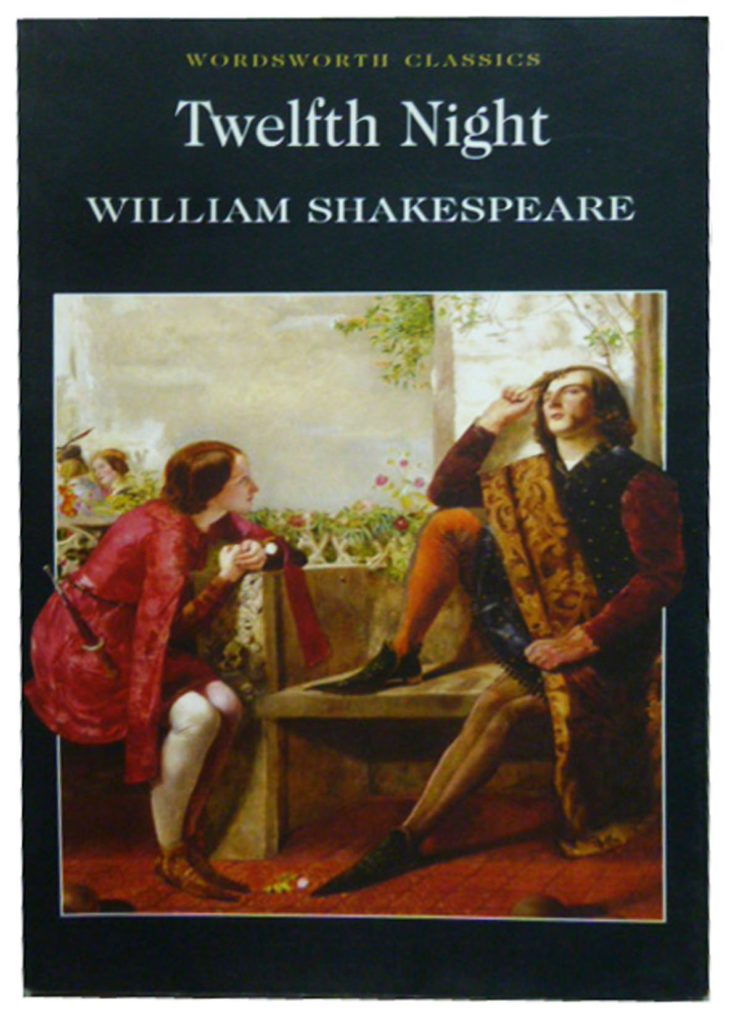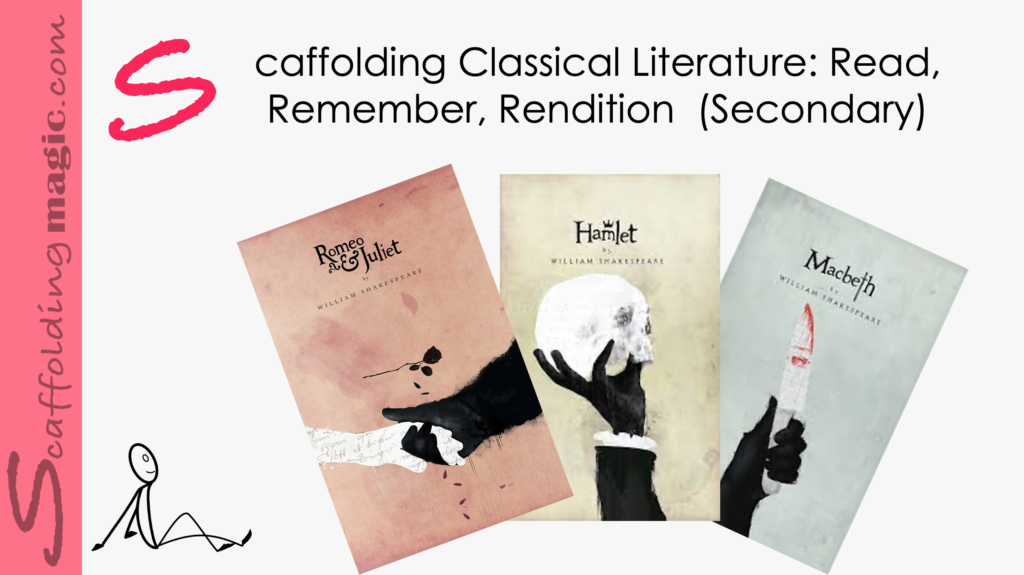You caught a beauty!!!
Download PDF of scaffold here.
theory behind scaffold…
Many ESL teachers will questions the importance of teaching and using classic literature in their classes. We probably all agree that it is not easy to teach in its authentic form as it demands a high level of language proficiency and maturity for any student, and especially students those whose home language is different from that of the class text.
Nevertheless, through varied techniques, ………………………………………
…………………………………….. Presented creatively, you may find that otherwise uninterested students will happily participate in activities that include:
- ……………………. using their own scripts in c…………………
- ………………………. …………………………..of the plot
- …………………………………. contentious concepts from the stories
- …………………………….. that represents overall themes
These activities are ways for students to review/clarify details of the stories and so be able to interact with the literature more confidently.
The same scaffolding activity can be used as and introduction or review (perhaps with certain modifications) for summative evaluations. Below, we’ll consider a scaffolding activity designed for a summative assessment on Shakespeare’s ‘Twelfth Night’. We add here a Mini-Lesson which shows how in this case, the summative assessment becomes, in fact, a formative assessment: students are given the opportunity to to evaluate their knowledge before the final exam. They take a trial exam to test their knowledge on the subject, then, in the best practices of the Ethic of Excellence, they have the opportunity to correct their own divergent answers to construct them more cohesively.
……………………………………………
See how you can adapt this Mini-Lesson to your own needs.
Mini-Lesson…

scaffold step by step…
Shakespeare: Twelfth Night
There are many ways to present the plays of Shakespeare. N……………………………..
All of these are valuable and whichever one engages your students, it’s the right one to use!
This activity focuses on the purity of Shakespeare’s language. ………………………………………
…………………………… act as ‘translations’ from Shakespearian English to more colloquial. The artwork …………………………………….

- Choose 5-10 ……………………..
- Place them in text boxes. Add………………………………………………………..
- Include one …………………………………………….. (See examples at the right.)

- Print out sets and give one to each group.
- Groups identify ……………………………………….
- ……………………………………………….. being targeted in that text box.
- …………………………………………………….. and the class identifies which text box is being represented. The class as a whole reaches a consensus as to the details of each text box.


Scaffoldingmagic.com is your entryway into DYNAMIC bilingual learning methodologies, such as Phenomenon-Based Learning, CLIL, EMI, and ESL. You’ll find ways to implement critical thinking tools (DOK) to promote higher level thinking, the growth mindset, instill an ethic of excellence, deep reflection on learning, and all through multi-cultural, interdisciplinary activities. We have the keys to turning competences into action and to creating collective efficacy in your school so you move ahead as a unified, enthusiastic team.



